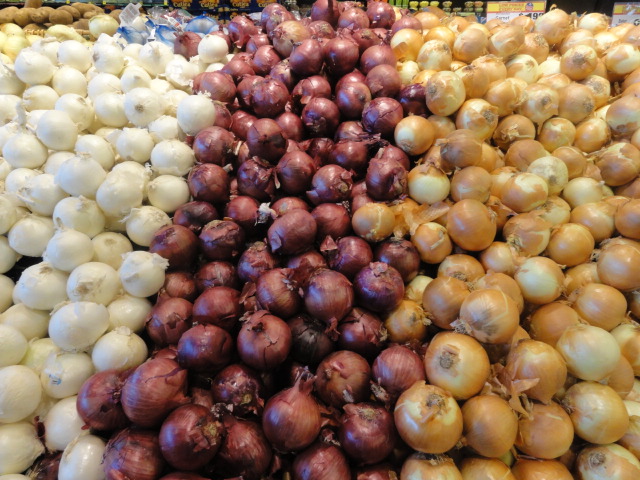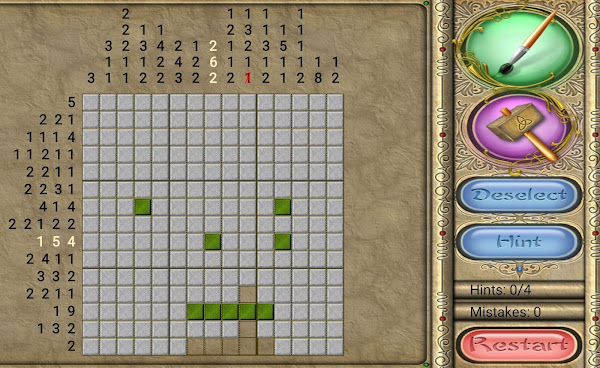It can be fun to play with the idea of three. I had a literature professor say "Three trees make a row." He meant that finding three instances of something in a piece of writing is worth pursuing.
I thought of real trees, though, and more often three trees make a triangle.
That idea has amused me for a long time, of rows and triangles. Finding, seeing, hearing three things that are similar can make fun connections worth pursuing.
There are threes in literature, lyrics, art, games, rhythms, and on clocks. Whether you have young children to amuse with this or not, maybe look around for and play around with threes.
Patterns
photo by Cathy Koetsier





















